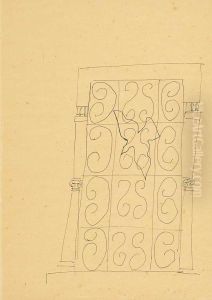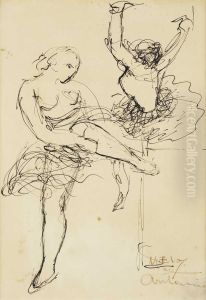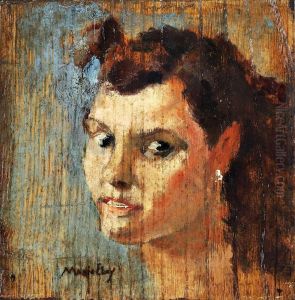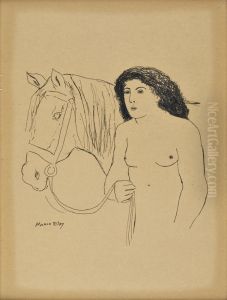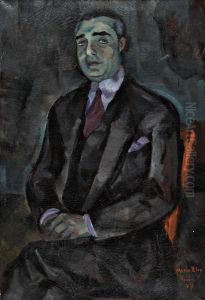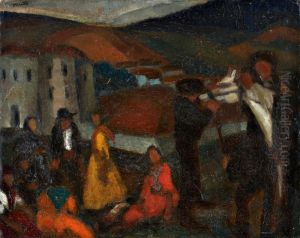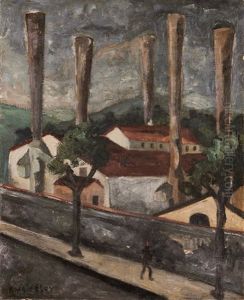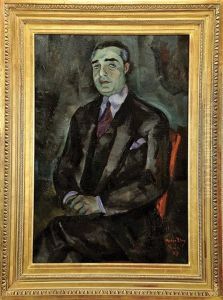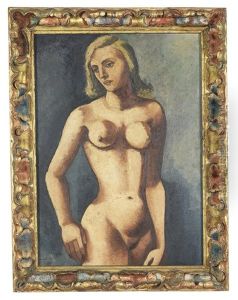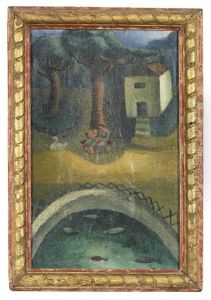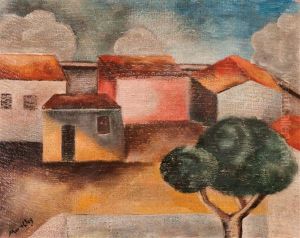Mario Eloy Paintings
Mario Eloy was a Portuguese painter born on March 2, 1900, in Lisbon, Portugal. He was a significant figure in the modernist movement in Portuguese art, particularly known for his expressionist style. Eloy's work is characterized by a strong use of color, distortion of form, and often an element of melancholy or introspection.
Mario Eloy studied at the Lisbon School of Fine Arts, where he was influenced by the artistic movements of his time, including Expressionism and Surrealism. Although his early work was more conventional, he quickly developed a personal style that set him apart from his contemporaries. His paintings often depicted figures in isolated settings, reflecting the inner turmoil and existential angst that were common themes in expressionist art.
During his career, Eloy faced mental health challenges, which impacted his work and may have contributed to the intensity and emotional depth of his paintings. Despite these struggles, he continued to work and exhibit his art. Eloy's paintings from this period provide a window into his internal world, with some art historians suggesting that his mental state can be seen in the increasingly abstract and fragmented nature of his later works.
Eloy's contribution to Portuguese modernism was cut short by his untimely death at the age of 51 on January 14, 1951. His legacy, however, endures, and he is remembered as one of Portugal's most important modernist painters. His work is held in various public and private collections and continues to be celebrated for its emotional power and distinctive style. Mario Eloy's art remains a subject of study for art historians interested in the evolution of modernist painting in Portugal and the broader European context.
